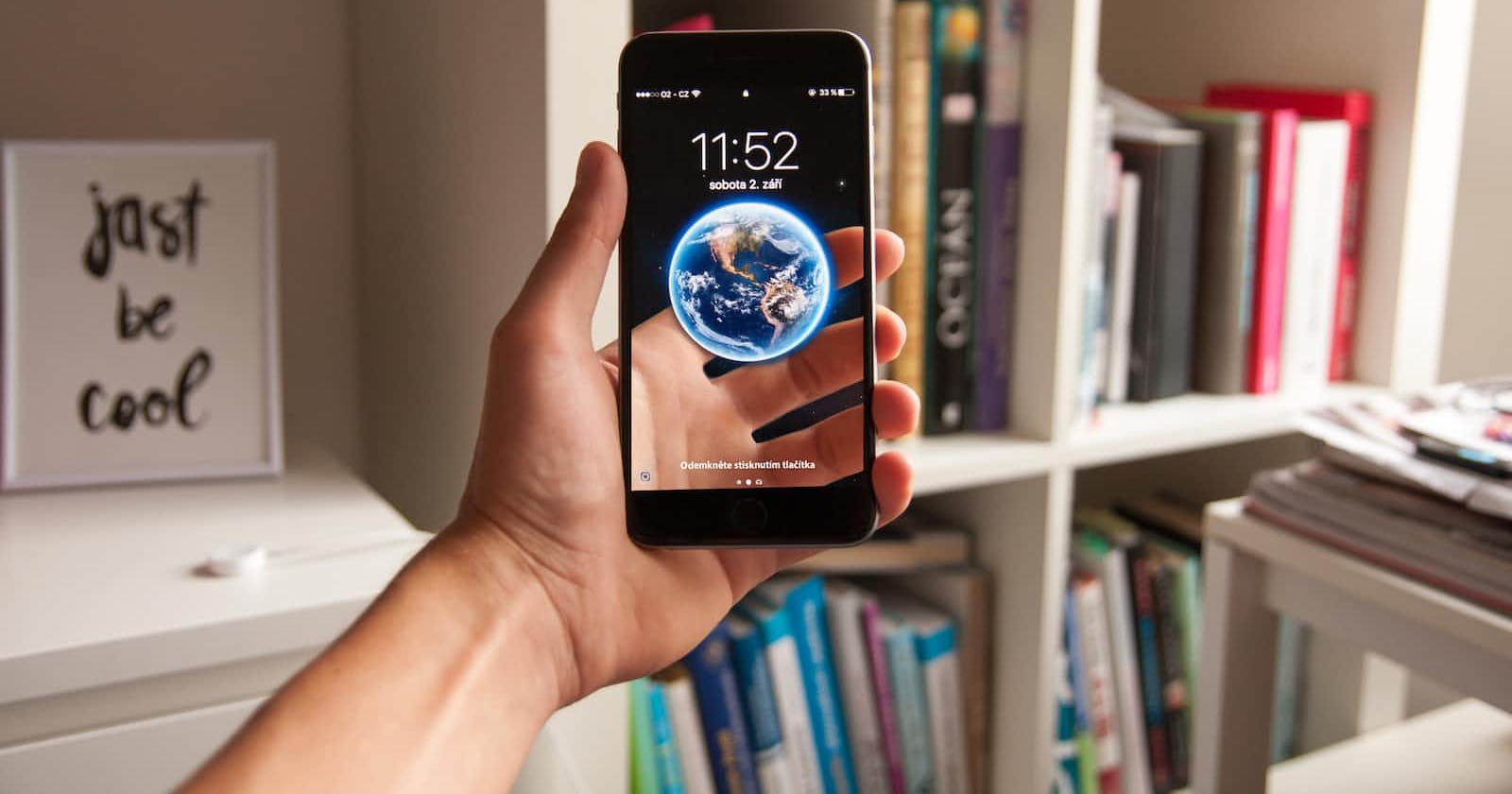
Photo by Daniel Frank on Unsplash
The Future is Here: Understanding the Latest Trends and Tools in AR and VR
Introduction
The realm of Augmented Reality (AR) and Virtual Reality (VR) is burgeoning with fresh opportunities and applications that are not just intriguing but transformative. This expanded blog post delves deeper into some of the most useful tools for navigating the vibrant landscape of AR and VR technologies.
The Convergence of AI, AR, and VR
Artificial Intelligence (AI) is increasingly being integrated with AR and VR technologies. This blend enhances user engagement by offering an unprecedented level of realism and interactivity. AI algorithms can recognize user behavior and adapt the virtual environment in real-time, offering a personalized experience.
Revamping Employee Training
Employee training programs are being revolutionized by the immersive environments of VR and AR. Industries like healthcare, aviation, and manufacturing can create virtual scenarios that closely simulate real-world situations, making learning experiences more engaging and effective.
What to Watch For in 2023
Look out for these exciting trends in AR and VR for the year 2023:
Mobile AR: User-friendly mobile AR apps are expected to surge in popularity.
Web AR: Experience AR directly through web browsers, removing the need to download specific apps.
Spatial Computing: This concept could revolutionize how we interact with our surrounding space and technology.
In-Depth: Tools of the Trade
Navigating the AR and VR world becomes easier with the right tools. Here’s a detailed look at some essential platforms and devices:
1. Unity with AR Foundation
Unity is an all-encompassing platform for creating both AR and VR content. The AR Foundation toolkit extends Unity's capabilities to build robust AR experiences for both Android and iOS. It supports various AR libraries like ARKit, ARCore, and more, allowing a wide range of customizations and functionalities.
2. Oculus Quest 2
Oculus Quest 2 is a wireless VR headset that offers high-quality virtual environments. Its main advantage is its portability and the lack of need for external hardware. The device comes with a built-in library, where you can find a range of applications and games to experience VR to the fullest.
3. Adobe Aero
Adobe Aero is specifically designed for creating AR content. Its user-friendly interface makes it easy for designers and developers to bring their visions to life. Aero allows the import of various file formats, and its integration with other Adobe products makes it versatile for creating complex AR experiences.
4. Vuforia
Vuforia is another powerful platform for AR development. It’s known for its superior object recognition capabilities, including image, 3D shape, and text recognition. It is widely used in industrial settings for maintenance training and product demos.
5. Tilt Brush by Google
For artists who wish to enter the VR space, Tilt Brush is a fantastic tool. It lets you paint in a 3D space, literally allowing you to walk around your artwork. This opens up entirely new dimensions in artistic creation.
Conclusion
The AR and VR landscapes are brimming with possibilities and the right tools can put you at the forefront of this technological revolution. Stay updated with the latest trends and make the most of these exciting times.
Additional Resources
Feel free to explore these resources for more insights into the fascinating world of AR and VR.

